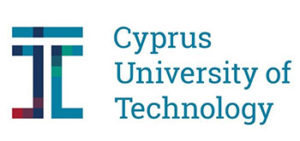Since the last decade, the European ro-pax and ferry market has been suffering a profound transformation process, which re-shaped the competitive structure of the industry, determined the strategic repositioning of major international players and severely affected the price and quality of maritime transport services. These trends have determined a considerable industry consolidation. Relatedly, the intense M&A activity between 2006 and 2008 drove to a sharp increase in the number of transactions closed, the financial value of the deals and the valuation multiples used to fix assets’ value. After 2008, the generalized credit crunch and the severe market conditions reduced the number of both transactions closed and prices payed. Nonetheless, in recent years, M&A activity got back, with a rise in the average transactions values and assets valuations.
The paper addresses the value drivers of M&A activities in the European ro-pax and ferry industry, exploring the endogenous variables that are expected to shape the financial multiples applied for pricing target firms. The manuscript investigates the determinants of the implied EV/Revenue financial multiple and proposes an original conceptual model that paves on both strategic management and corporate finance as well as shipping literature. The theoretical framework includes four groups of variables: corporate strategies; corporate governance and shareholding structure; economic and financial KPIs; technical and operational variables. For the aim of the study, 161 M&As taking place in the European market during the 2005-2018 timeframe are scrutinized, while research hypotheses are tested by performing an OLS regression analysis on 77 sample deals. Data are gathered from S&P Capital I-Q database, integrated through Amadeus database of Bureau Van Dijk, HIS Sea-web, specialised press and corporate reports. The findings shed lights on the determinants of the implied valuation multiples used to fix ferry companies’ transaction value and provide valuable insights for both academics and practitioners.









